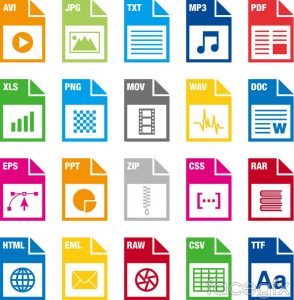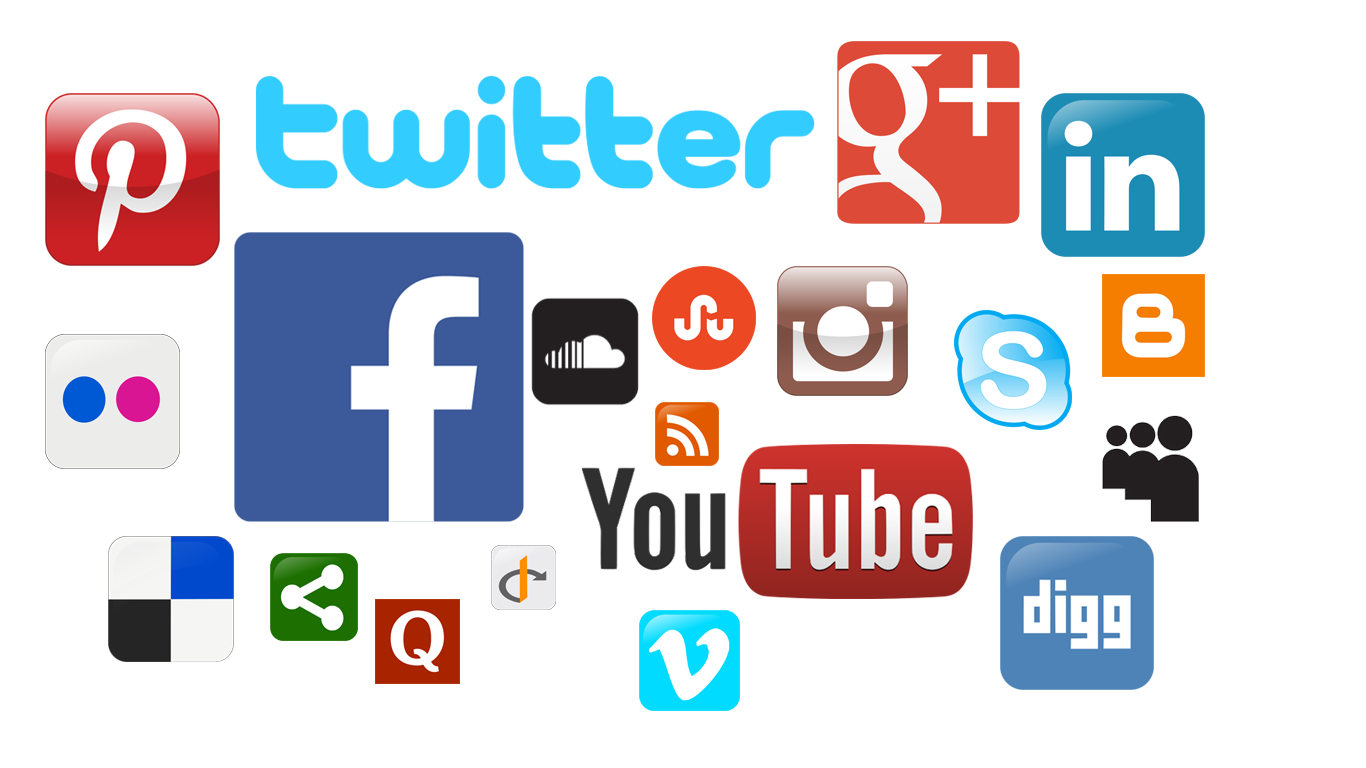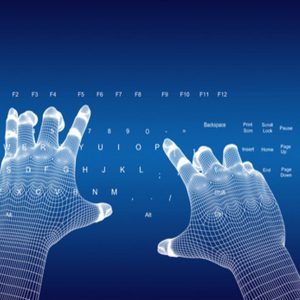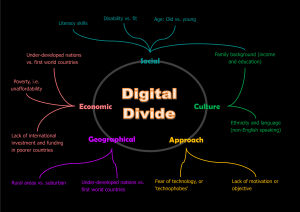Technology has incorporated itself into every aspect of our lives, from media and entertainment to literacy and education. Digitization is a key component of teaching and learning, whether that be directly within educational institutions or through absorbing and contributing information independently at home. A child can utilize technology at school to assist with the effectiveness of how information is presented as well as how feedback is disseminated. Meanwhile, older students and adults can take advantage of the internet to participate in the collaborative effort of reading and responding to online conversations in an attempt to contribute to the kinds of information and opinions that circulate. Although there are definite disadvantages to the prevalence of technology, the incorporation of digital environments into our daily lives is inevitable and often times uniquely beneficial.

EDUCATING STUDENTS
Technology is changing and evolving culturally at such a fast rate that in order to keep up with the world, the education system needs to become more electronic. Digital writing can improve teaching methods and communication skills, making it faster and easier to receive feedback. It can be used as a tool for editing quickly or in real time through mediums such as Google Drive (Donahue).
Also, digital literature makes it very easy to utilize multi-modal teaching methods that can better cater to a broader range of learning styles, thereby fostering more inclusivity in the classroom through use of PowerPoints, videos, and images (Donahue). Teaching multi-modally is not only more engaging, but it can broaden the scope of how information can present itself to others as a learning tool.
Most important to academic settings is the ease of communication between parties. “Since the online world has made connecting with others easier, it’s the perfect vehicle for encouraging collaborative efforts between students and their teachers” (Donahue). This way of maintaining dialogue allows for more layers of interaction. For example, e-mail and online class forums can help educators evaluate the individual progress of students and voice any concerns or feedback they may have without the pressure of a one-on-one meeting.

JOINING THE CONVERSATION
Technology’s ability to open up learning opportunities, academic feedback, and communication lends itself to the concept of conversations that occur on the internet in the form of commenting. The ability to comment on virtually anything on the internet allows for anyone to engage more deeply with the topics of their choosing, from anywhere. It adds an extra layer to an audience’s relationship with digital text where they “want to believe that others will read and react to [their] ideas” and can add these ideas to a conversation that follows original content (Konnikova).
The fact that digital environments also easily allow for anonymity is another incentive to comment. “By promoting a greater sense of community identity, users don’t have to worry about standing out individually” (Konnikova). According to a Pew Research Poll, about 25% of the people who comment on the internet do so anonymously (Konnikova). Anonymous comments are way less likely to be persuasive because they lack credibility, but this is in no way the worst aspect of this phenomenon.
Psychologists have named a concept known as the online disinhibition effect where “factors like anonymity, invisibility, a lack of authority and not communicating in real time strip away the mores society spent millennia building” (Stein). So, while concealed identity online can be an advantageous method for contributing constructive perspectives and ideas on the internet, it also is a key ingredient necessary for criticizing and attacking others without any fear of direct consequence on the commenter’s behalf.

BECOMING THE INFORMER
Today, anyone can be a journalist, and for free. Simply by utilizing mediums such as WordPress like students do in our Writing In and For Digital Environments class, anyone anywhere in the world can contribute whatever insights or opinions they so choose and essentially self-publish this information. Additionally, blogs can “give[] a voice to groups that are often underrepresented in mainstream news media coverage” (Alami). The public can add perspectives or information that they think the internet is missing, and potentially give a “voice to the voiceless;” an example of this way of highlighting certain subjects can be seen in France’s “Bondy Blog,” which most often covers the topics of Islamophobia and racism because of the lack of positive coverage of these topics (Alami).
“…Blogging is an exercise of expression, making one’s views public. Increasingly, though, blogging is also an expression of community, allowing individuals to communicate and congregate” (Carroll). In this way, people can start their own threads of conversation, in addition to participating merely through comments. Although this is different than teaching in a classroom, as digital literature becomes more common, the way in which both students and the general public access and share information is becoming more similar in terms of interactivity.

PROFESSIONAL RELEVANCE
Digital writing has definitely been a huge asset for me in terms of communicating with other students and teachers, whether that be through e-mail, Google Drive, Facebook messenger, or text messaging. Especially because I carry my phone with me wherever I go, I always have access to communicating with my peers. Many of my professors also utilize the Moodle platform for different forums where we can place reactions or questions to texts to better facilitate class discussions.
While it is great getting e-mail alerts or notifications from a group chat where students are coordinating what time to meet up before a lecture or movie screening, for instance, the ability to be constantly reached can be overwhelming. Even while sitting in class with my phone stored away, I know when I check my home screen at the end of the session I will find new digital notifications waiting: reminders for upcoming meetings, exploding group chats, a text from my mom, and social media updates. While technology has eased communication tremendously, it has also allowed for every type of communication, academic, professional, and personal, to follow us everywhere we go.
Because most of our digital content is multi-modal, producing written digital content often times requires the incorporation of other digital mediums as well. For instance, while in this class I am writing for Existentially Modern, and for the Dickinson Cricket Club which I co-founded, I write for Facebook, e-mail, and miscellaneous documents. However, in order to supplement this writing, I needed to focus on the brand and aesthetics of what I produce in order to better attract an audience. Because of this, I had to use other digital platforms such as Adobe Illustrator and Photoshop to create a logo for both my blog and the club I run. In this way, digital writing serves as a gateway to other technological experiences; students need to utilize audio and visual skills through mediums such as Audacity, iMovie, and the Adobe Creative Suite in order to keep up with how digital literature has become so multifaceted.
After graduating from Dickinson, I am thinking about either going into arts administration or publishing. In these industries, I will have to be able to use the skill of adapting to and learning about different electronic tools to best complete whatever task at hand.
The ability to learn from a variety of perspectives is definitely something engrained into liberal arts educations. However, I do think students at schools such as Dickinson would benefit from having more exposure to different technological programs. No matter what job I end up getting, there is a strong likelihood that I will have to use an advanced Excel setup to maintain finances, utilize InDesign to create a newsletter or magazine spread, or help create aesthetically pleasing advertisements to promote different events.
Digital writing is employed within most professional job positions today, and an understanding of how to adapt to different ways of crafting texts and images within this environment is imperative. In order to keep up with the direction professions are moving towards, digital literacy and electronic tools should plant their roots in classroom settings.
Bibliography
Alami, Aida. “Paris’s Voiceless Find a Megaphone Online.” 4 July 2015. The New York Times. 23 October 2017.
Carroll, Brian. “Blogito, Ergo Sum: Trends in Personal Publishing.” Writing For Digital Media. Routledge, 2010.
Donahue, Paige. “Writing in Online and Multimedia Environments: Why Digital Writing Matters in Education.” 18 May 2016. Association of American Educators. 23 October 2017.
Konnikova, Maria. “The Psychology of Online Comments.” 23 October 2013. The New Yorker. 23 October 2017.
Stein, Joel. “Tyranny of the Mob.” 29 August 2016. Time. 29 October 2017.

































